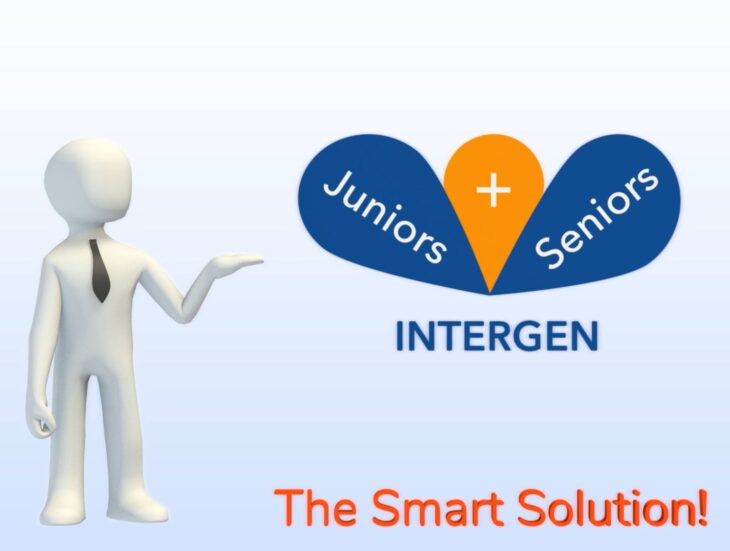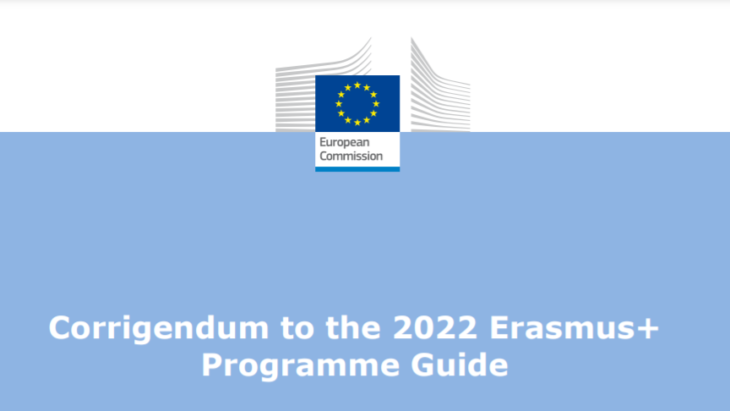When it comes to drawing
up a project, it is easy to come across a series of mistakes that often result
in failure.
Below, we will indicate the frequent ones to be absolutely avoided, so that the
project can be solid:
1. Do not start from the form.
The form is a double-edged sword, if you don’t know how to use it.
It is preferable to throw down the project idea, defining the reference target, the objectives, the needs, the impacts and the dissemination methods.
Only after having done all this, it is possible to compare the form with the requested contents and fill it. In this way, the project is clear in the various phases and it is easier to respond to the form. Otherwise, we would limit ourselves exclusively to answering questions in an aseptic manner, losing the fluidity and organic nature of the project, with the risk that the evaluator does not understand the object we are talking about.
2. Do not actively involve the partners of the project.
The Consortium and the choice of partners are the first steps to “draft” the project.
All the subjects involved must share the project idea and the objectives, know their role within the Consortium, how and in which phase of the project they intervene, depending on their background.
3. Do not define the targets in a timely and effective manner.
It might happen that, in writing the project, you are not paying attention to who are the real recipients and, consequently, how it will achieve the objectives. It is therefore necessary to immediately identify the target, in this case mainly the students, making them the absolute protagonists and explaining to them the importance of the entire project and the effects on a personal and professional level.
4. Uncritically consider the objectives of the Program without putting them into context.
A typical mistake is to include in the form only the general objectives and priorities expressed in the Program Guidelines, forgetting to integrate them with the specific objectives linked to the project. It is important that both are clear, described in a timely manner and easy to understand by the evaluator.
5. Avoid ineffective communication plans.
The dissemination of the project is a fundamental phase, because it allows the dissemination of results on a large scale, favoring the recognition of a good practice for others. For this reason, we must carefully define a Communication Plan that includes actions, specific responsibilities, targets and indicators. In short, we need to describe the number of activities, the means we use, methods and times of execution, who does what, how and in what number.
6. Do not define the division of tasks between the partners in a timely manner.
It is important to establish in the preliminary phase, even before writing, what is the role of the partners within the project and what is the contribution that each can provide. Once this is done, it is necessary to establish modalities, times, means of communication to be used and to draw up a time schedule (for example a Gantt chart). The latter is helpful to have a clear vision of the development of a project and to empower the staff involved, making it aware of the impact of the work to be carried out and on what must be done for each activity.
7. The project idea should not be taken for granted but original and innovative.
When you give birth to an idea, just because it is your own creature, you lose that critical spirit, that ability to abstract that allows you to objectively evaluate the work.
The secret to develop a project idea original and innovative is to critically analyze the idea starting from research, to guess which direction European/global policies (guidelines) go and which are the professions of the future.
Only in this way, we realize the validity of the project idea and the terms in which it is different, original and innovative with respect to the myriad of projects already implemented.
Advice: the project designer needs to have a profound ability to analyze reality, a critical spirit, creativity and narrative ability.
8. Start late in writing the project.
A good project worthy of respect is surely the result of a long and shared social, economic and territorial analysis aimed at identifying the starting needs which, together, see different subjects (School, Public Administration, Entities, training agencies, etc.) to constitute a Consortium and carry out a project. It is clear by itself that, to do all this and do it well, it takes so long and that writing, although important, is only a small part of everything. The advice, therefore, is to move well in advance (even at a distance of one year to the other), bearing in mind that, each year, these Programs have more or less the same publication and expiry times, in order to have time available for carry out all the procedures, leaving margins to make any changes.
9.Being verbose and not very effective in writing.
“Less is more” they say. Using a direct language, simple, without lots of words, helps the evaluator to understand the project’s objectives in a linear and precise manner and how they intend to reach them. On the other hand, we must avoid being too brief, leaving the evaluator a free interpretation and, consequently, many questions.
10. Do not make research and documentation that can enrich and validate the project idea.
The research of documents and numerical-statistical data, however long and tiring, has a very specific purpose, namely to confirm the need to write a project that starts from real needs. In doing so, it proves to know the subject, the territory, the socio-economic situation and the target audience.



















